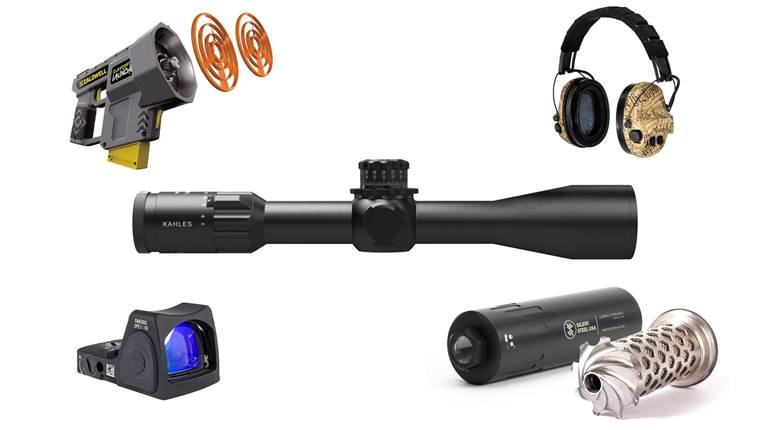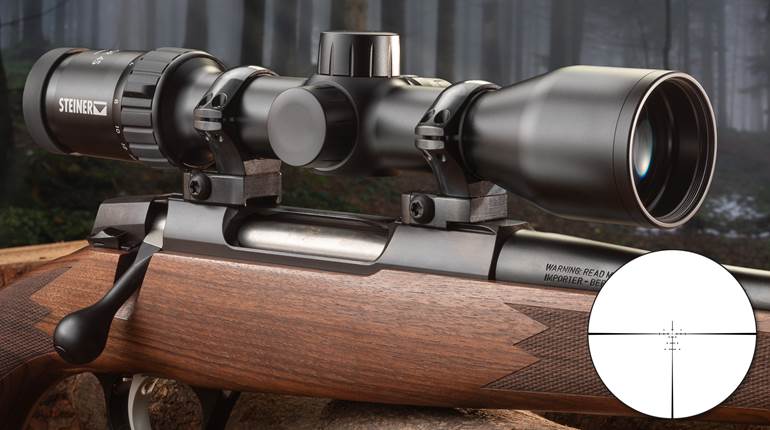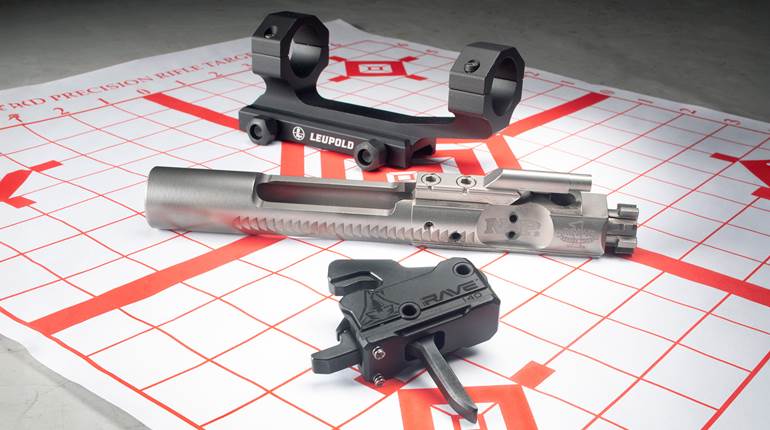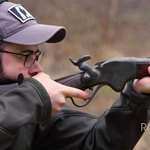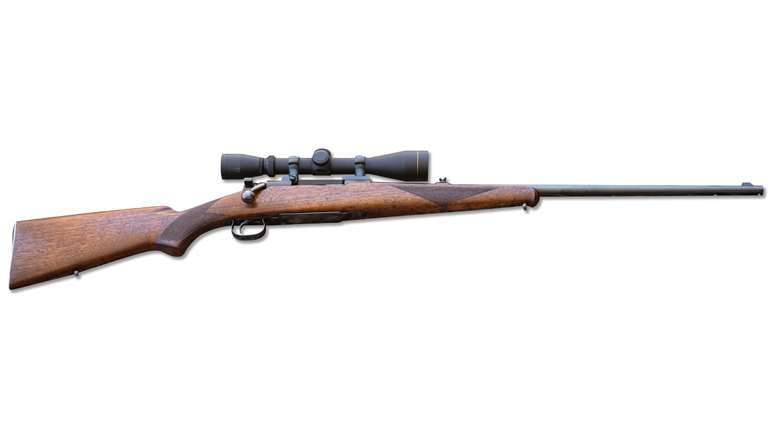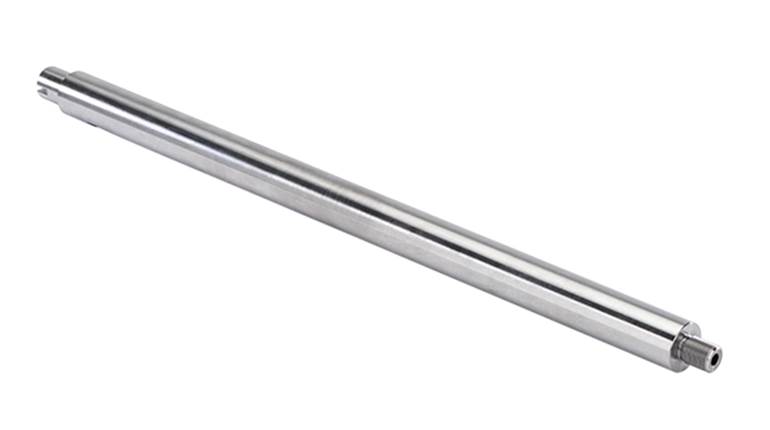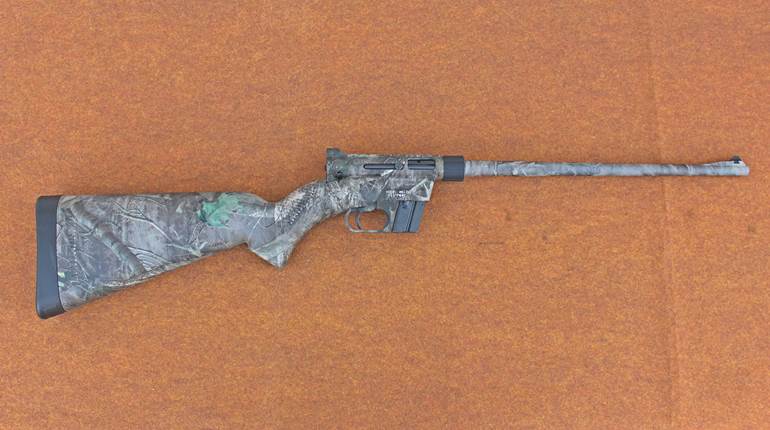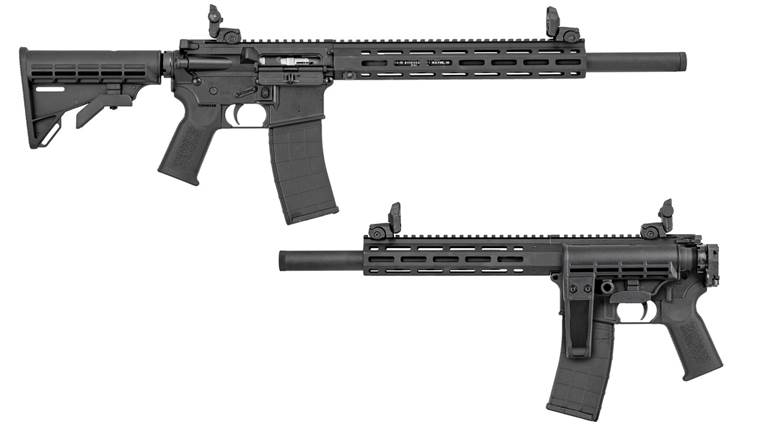
Vortex unveiled its riflescope line in 2007, and it is now comprised of, in descending order of price, the Viper, Diamondback and Crossfire series. The 4-12X 40 mm Diamondback is reviewed here.
Each Philippine-made Diamondback has a one-piece, 1-inch-diameter tube crafted from 6061 T6 aircraft-grade aluminum. The turrets are of the low-profile style, and the dials have a zero-reset feature allowing the re-indexing of the zero indicators after sight-in. The “clicks,” which are audible and tactile, are valued at 1/4 m.o.a., and there is 60 m.o.a. of elevation and windage adjustments. Like the turret caps, the magnification ring features aggressive, yet finely executed, checkering to enhance purchase. The latter also has a large tab to aid movement, although it is unnecessary in most cases. A fast-focus eyepiece, also with checkering, makes focusing quick and easy. Parallax is set at 100 yards.
Diamondbacks have Vortex’s precision-glide erector system, which features premium-grade fluoropolymer Teflon resin bushings. The benefits, according to company literature, are less susceptibility to stress cracking, temperature change, corrosion and friction-induced wear, and the bushings’ low coefficient of friction smoothes magnification band movement.
The scopes’ lenses are fully multi-coated on all air-to-glass surfaces and, reportedly, provide a minimum of 91 percent light transmission. The scopes are argon-purged to prevent oxidation and internal fogging. According to Vortex, argon is non-hygroscopic, is less temperature sensitive and doesn’t diffuse as quickly as other elements.
As for reticles, Diamondback-series riflescopes are available with either the V-Plex or the Dead-Hold BDC, the latter of which is designed for extended-range applications. At the highest magnification setting, dots along the vertical wire represent 1.5, 4.5, and 7.5 inches, respectively, and the junction of the thin/thick portions equates to 11.0 inches. On the horizontal wire, the dots—one per side*#8212represent 3.6 inches, and the line junction 7.3 inches. The 4-12X 40 mm Diamondback has 3.1-3.4 inches of eye relief and a 3.3 mm (12X)-10 mm (4X) exit pupil.
The sample scope was subjected to a series of tests, including: an hour in the freezer, 15-minute water submersion and “shooting the square.” Freeze and submersion tests revealed no internal fogging or leaking, respectively, and mounted atop an E.R. Shaw Mark VII rifle in .240 Wby. Mag., “shooting the square” proved the Diamondback’s prescribed 1/4-m.o.a adjustment value as accurate, consistent and repeatable.
Although the 4-12X 40 mm scope’s overall length measures just 12 incehs, its 53/4-inch body proved beneficial in mounting it atop the Savage Model 110-based test rifle’s lengthy action. There was no shift-of-impact caused by recoil during testing.
In terms of optical clarity, sharpness, brightness, contrast and definition, the 4-12X 40 mm Diamondback proved very good overall. One could say the scope’s optical quality belies its $269 suggested retail price.
As it delivers excellent performance without an unduly high price tag, the Vortex 4-12X 40 mm Diamondback represents a good buy. But, considering it’s backed with a solid warranty, the prospects are even better.
Importer: Vortex Optics; (800) 426-0048; www.vortexoptics.com
Model: 4-12X 40 mm Diamondback
Finish: Matte black
Field of View (100 Yds.): 32.4 ft. (4X), 11.3 ft. (12X)
Eye Relief: 3.4" (4X), 3.1" (12X)
Click Value: 1/4-m.o.a
Windage and Elevation Adjustment Range: 60-m.o.a. (elevation and windage)
Reticle: V-Plex, Dead-Hold BDC
Length: 12"
Weight: 14.6 ozs.
Features: Fast-focus eyepiece; 100-yd. parallax setting
Accessories: Scope cover; cloth
Suggested Retail Price: $269












